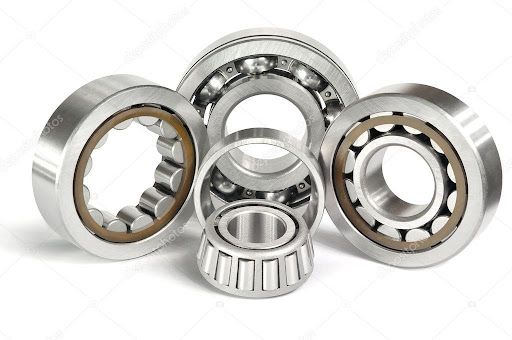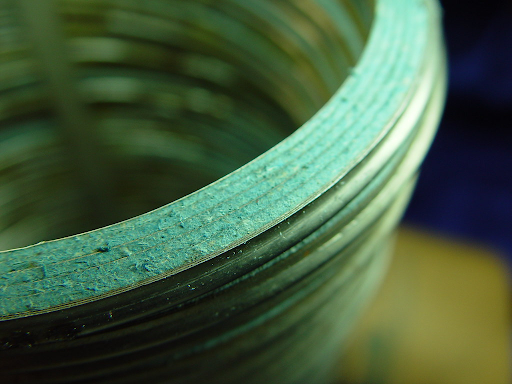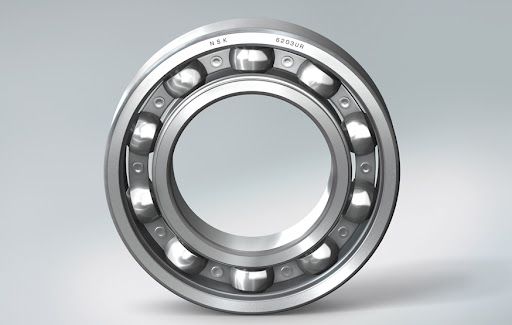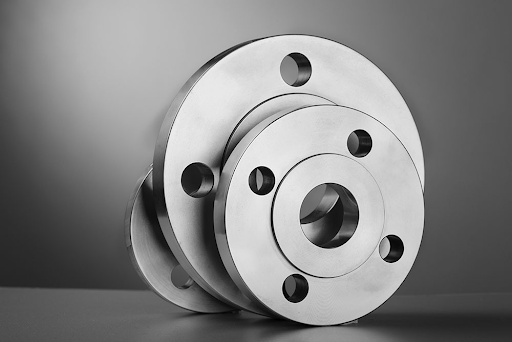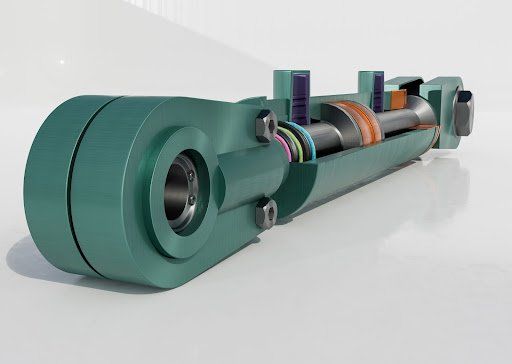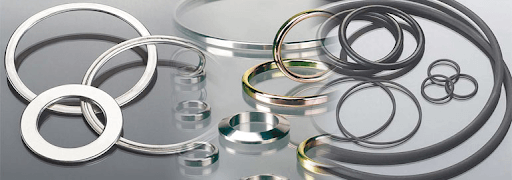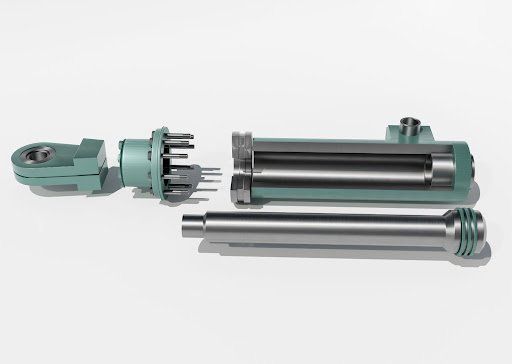Answering Your Most Frequent Bearing Questions
Answering Your Most Frequent Bearing Questions
As an industry leader in Africa, we are constantly receiving questions about bearings. And since bearings are the core of our business at Bearing Centre, we are passionate about answering every query as professionally and promptly as possible. To make things a little easier, we’ve compiled a short list of the most popular questions that come through (usually related to the many industry acronyms in use), along with a clear, simple answer.
What Does MTBF Stand For?
The term MTBF directly translates to Mean Time Between Failure. Put simply, it’s the predicted time between failures of a mechanical system, under normal system operation. The ISO standard bases a bearing’s L10 (its basic life) on the life that 90% of a large group of identical bearings can attain. To work out the MTBF or average life of your bearings, assume that its approximately five times the L10 of that specific bearing.
What is The ABEC Scale?
The ABEC scale, developed by the Annular Bearing Engineering Committee (ABEC) in America, is the industry accepted method for measuring the tolerance of a ball bearing. The scale uses five classes, numbered 1, 3, 5, 7, and 9, to distinguish between the widest tolerance and tightest tolerance. While the scale doesn’t take into account important factors such as material quality, rolling surface and ball precision, it’s accepted that the higher the ABEC rating, the better the efficiency and speed of the bearing.
Does a Higher ABEC Rating Mean Less Noise?
Not necessarily. While some evidence might suggest the correlation, it has not been proven. This is because, as mentioned above, the scale doesn’t take into account important factors such as material quality, smoothness of the rolling surface and ball precision. Lubricant plays a big part in how quiet a bearing system will be, so it’s very difficult to determine which is the greater influence.
How Fast Can a Bearing Spin?
The alleged world record for a spinning bearing is 660,000 RPM. This was tested on a free-spinning bearing at its maximum RPM, using compressed air. Of course, this doesn’t mean every bearing will have that capability. A bearing’s speed is highly dependent on its size, material, tolerance, precision level and the amount or type of lubrication used.
Can a Bearing be Refurbished?
In some cases, yes. It does, however, depend on factors as such as the economic gains (if any), the accumulated wear, maintenance cycles, lubrication history, environmental consequences, the MTBF, and many more. It’s always cheaper to simply replace small bearings but for large slewing rings, spherical roller bearings, cylindrical roller bearings and bearings with a 15cm core or bigger, it would certainly be worth the effort to refurbish rather than replace.
Some of the other popular questions that come our way include: What's the difference between bearing seals and shields? Do stainless steel bearings offer protection from rust? What is the best bearing grease? What is the difference between a ZZ and 2RS? For the answers to these, browse through our extensive blog posts , the answers are definitely there.
We hope this list and our blog comes in handy for the many visitors that browse our website but if there’s anything that we haven’t covered, please don’t hesitate to give us a call!


